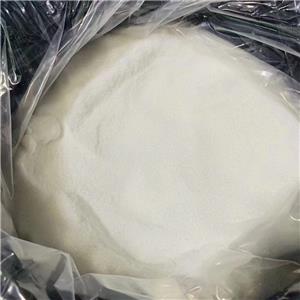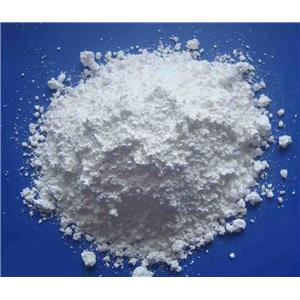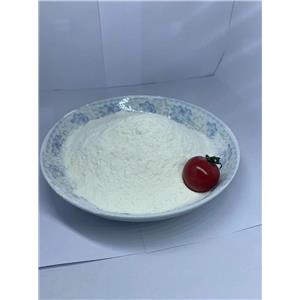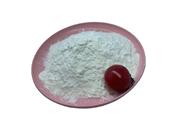| Description | LGD-2226 is a selective and orally active androgen receptor modulator with an EC50 of 0.2 nM and a Ki of 1.5 nM for human androgen receptor. LGD-2226 shows tissue selectivity in animal models, with reduced effects on prostate compared to muscle. LGD-2226 can be used for muscle wasting, osteoporosis and sexual dysfunction[1][2]. |
|---|
| Related Catalog | Research Areas >> Endocrinology Research Areas >> Metabolic Disease Signaling Pathways >> Others >> Androgen Receptor |
|---|
| Target | EC50: 0.2 nM (Androgen receptor)[1]; Ki: 1.5 nM (Androgen receptor)[1] |
|---|
| In Vitro | LGD-2226 (Compound 4m) occupies the same binding pocket as dihydrotestosterone (DHT), and in general, the protein backbone is superposable to that observed with DHT. Just like the carbonyl group of DHT, the quinolone carbonyl forms hydrogen bond interactions with GLN711 and ARG752. GLN711 forms an additional hydrogen bond with the quinolone NH of LGD-2226. The trifluoroethyl groups of LGD-2226 occupy the same space in the receptor as the C and D rings of the steroid[1]. |
|---|
| In Vivo | LGD-2226 (Compound 4m; 1-100 mg/kg; oral administration; daily; for 2 weeks; adult oORDX rats) has a pronounced effect on the levator ani muscle, maintaining the muscle weight at the eugonadal levels at an approximate 3 mg/kg dose. LGD-2226 has weak trophic effects on the prostate. An amount of 100 mg/kg LGD-2226 is required to maintain prostate weight at intact levels. These data clearly show the tissue selectivity of LGD-2226[1]. Animal Model: Adult orchidectomized (ORDX) rats[1] Dosage: 1-100 mg/kg Administration: Oral administration; daily; for 2 weeks Result: Had a pronounced effect on the levator ani muscle, maintaining the muscle weight at the eugonadal levels at an approximate 3 mg/kg dose. |
|---|
| Storage | Please store the product under the recommended conditions in the Certificate of Analysis. |
|---|
| Shipping | Room temperature |
|---|
| SMILES | O=C1NC2=C(C=C(N(CC(F)(F)F)CC(F)(F)F)C=C2)C(C(F)(F)F)=C1 |
|---|
| References | [1]. van Oeveren A, et al. Discovery of 6-N,N-bis(2,2,2-trifluoroethyl)amino- 4-trifluoromethylquinolin-2(1H)-one as a novel selective androgen receptor modulator. J Med Chem. 2006 Oct 19;49(21):6143-6. [2]. Miner JN, et al. An orally active selective androgen receptor modulator is efficacious on bone, muscle, and sex function with reduced impact on prostate. Endocrinology. 2007 Jan;148(1):363-73. |
|---|

 China
China




